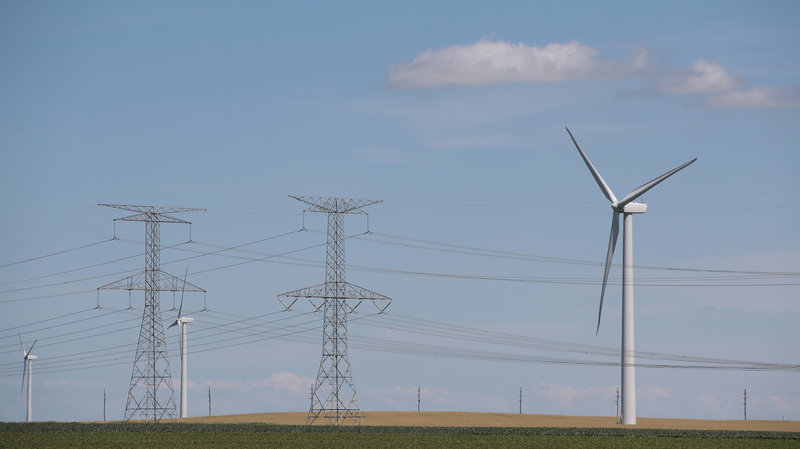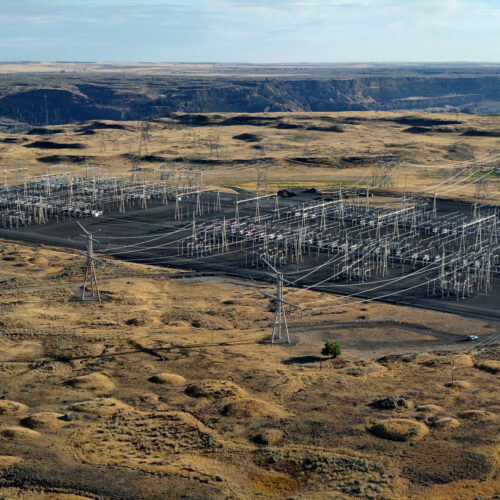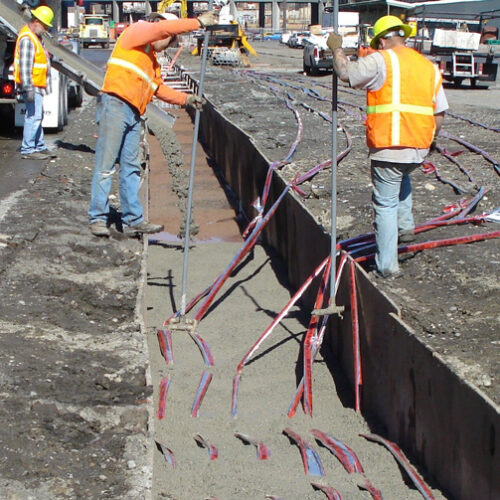
Opponents Of Proposed Eastern Oregon-To-Idaho Transmission Line File Federal Lawsuit
READ ON
BY MONICA SAMAYOA / OPB
Opponents have filed a lawsuit seeking a new environmental evaluation on a proposed high-voltage transmission line in eastern Oregon.
The lawsuit, filed Tuesday by Stop B2H Coalition and Greater Hells Canyon Council, claims the Bureau of Land Management and the U.S. Forest Service failed to adequately evaluate the environmental impacts of Idaho Power’s proposed transmission line.
The Boardman to Hemingway (B2H) is a proposed 500-kilovolt transmission line that would run nearly 300 miles long across public, private and state lands in five eastern Oregon counties. At least two proposed routes would go through La Grande.
Stop B2H Coalition’s Jim Kreider said the groups want to see further evaluations of areas where the power lines would be close to homes. They also say there hasn’t been adequate assessment of noise level standards.
“We uncovered significant new information that the BLM missed in their environmental impact statement looking at the route on federal lands,” Kreider said.
The lawsuit was filed just a few days before Sunday’s deadline to challenge the Bureau of Land Management’s earlier decision to grant a right of way to Idaho Power.
Idaho Power’s corporate communications specialist Sven Berg said the Boardman to Hemingway project remains an important priority for Idaho Power as the company pursues its goal of providing 100% clean energy by 2045.
“We are working through the permitting process and hope to begin construction by late 2023,” Berg said.
A Bureau of Land Management spokesperson said the agency does not comment on litigation. The U.S. Forest Service did not respond to a request for comment.
Copyright 2019 Oregon Public Broadcasting. To see more, visit opb.org
Related Stories:

This transfer will help Grand Coulee Dam run more efficiently, save money
One of the electrical switchyards at Grand Coulee Dam. (Credit: Bureau of Reclamation) Listen (Runtime 0:56) Read There’s a transfer happening at Grand Coulee Dam. After years of planning, the

Federal grant to help people in northeastern Washington get hooked up to the power grid
Workers pour concrete into a transmission line trench and place caution tape into place for an underground electrical line. (Credit: Washington State Department of Transportation / Flickr Creative Commons) Listen

Avista Plans Targeted Power Outages To Combat High Demand; Tri-Cities Could See Outages Too
Avista says it plans to cut power to parts of its coverage area Tuesday as a way to reduce demand for power. Spokane saw rolling outages Monday, and will likely see more on Tuesday. Residents of the Tri-Cities region have been warned they could also see outages this week for up to four hours at a time.















